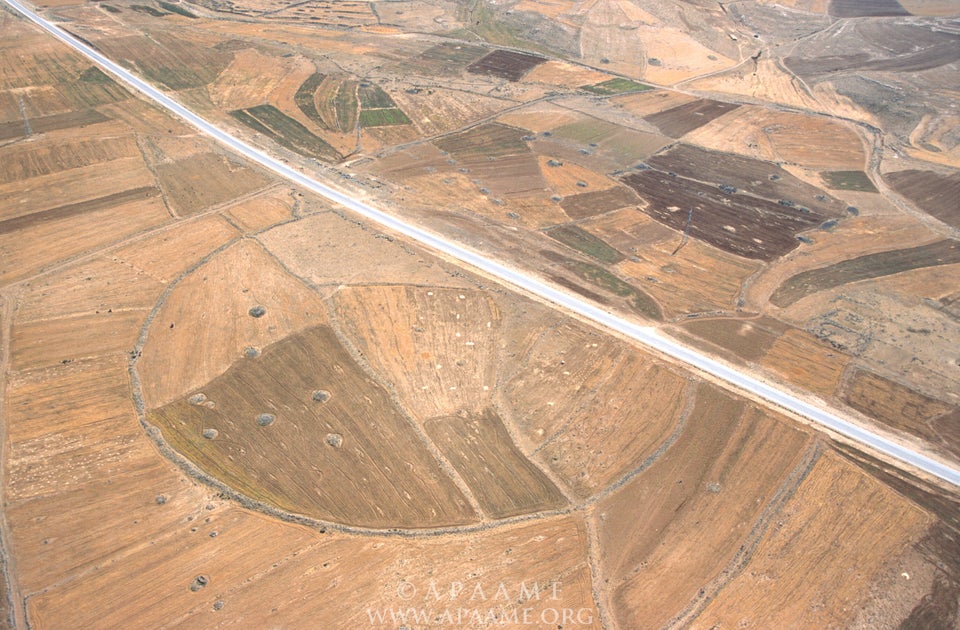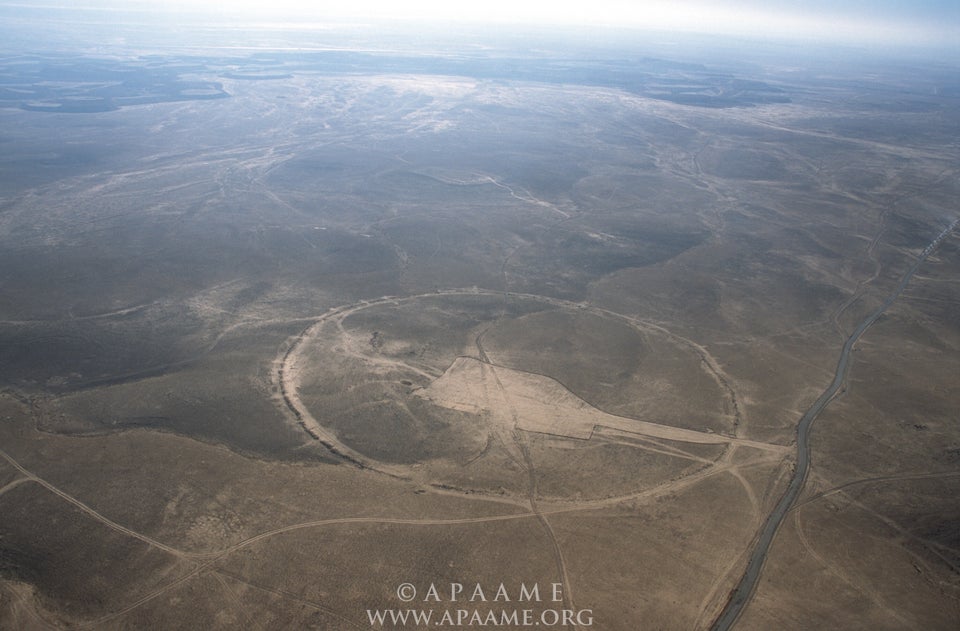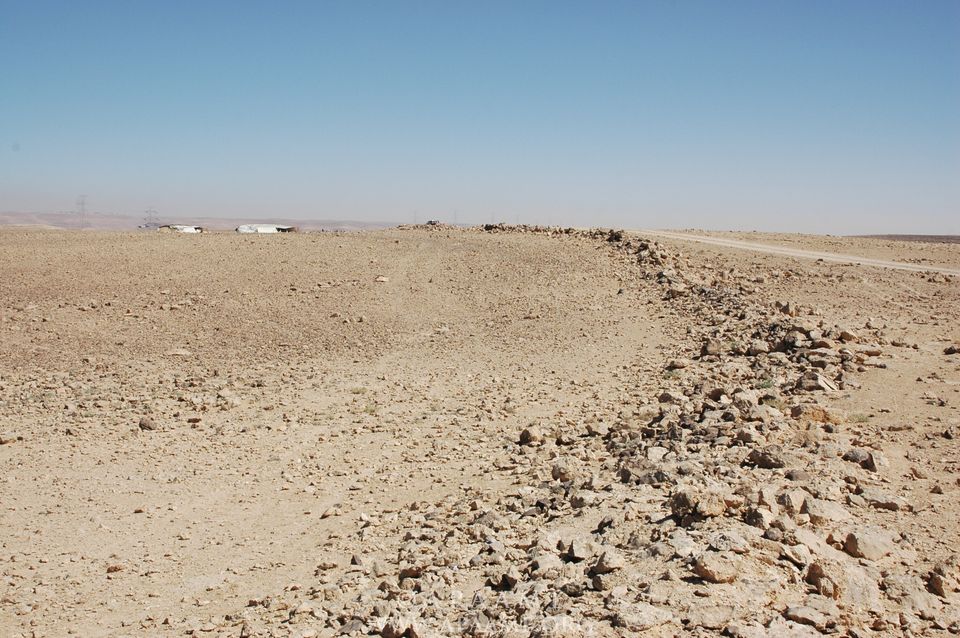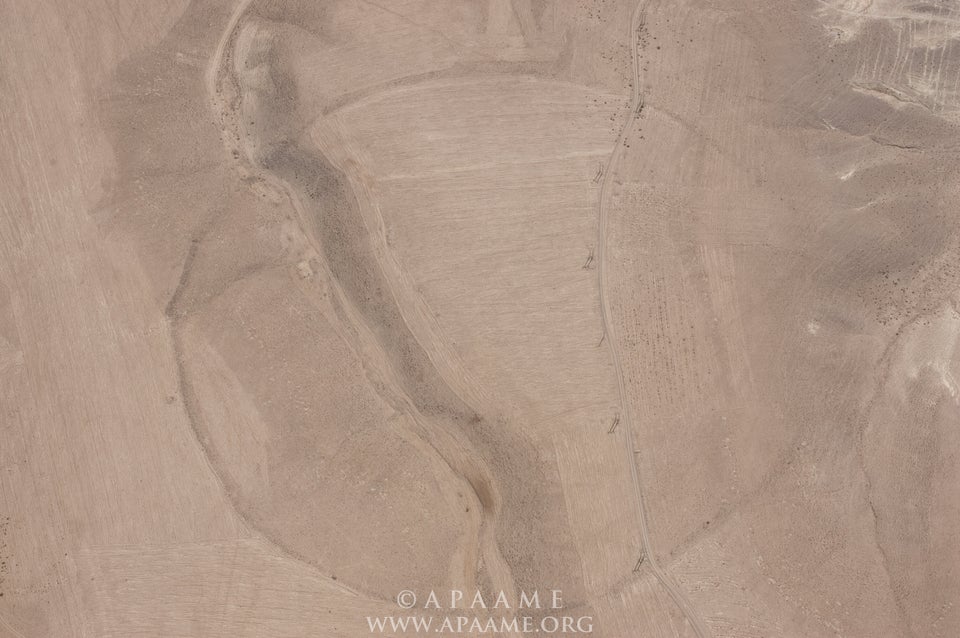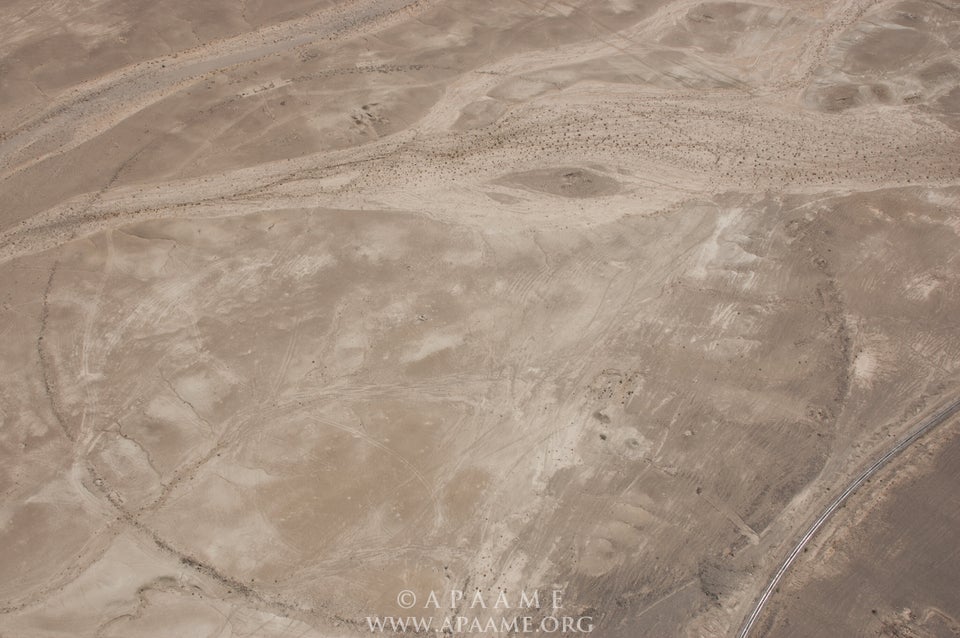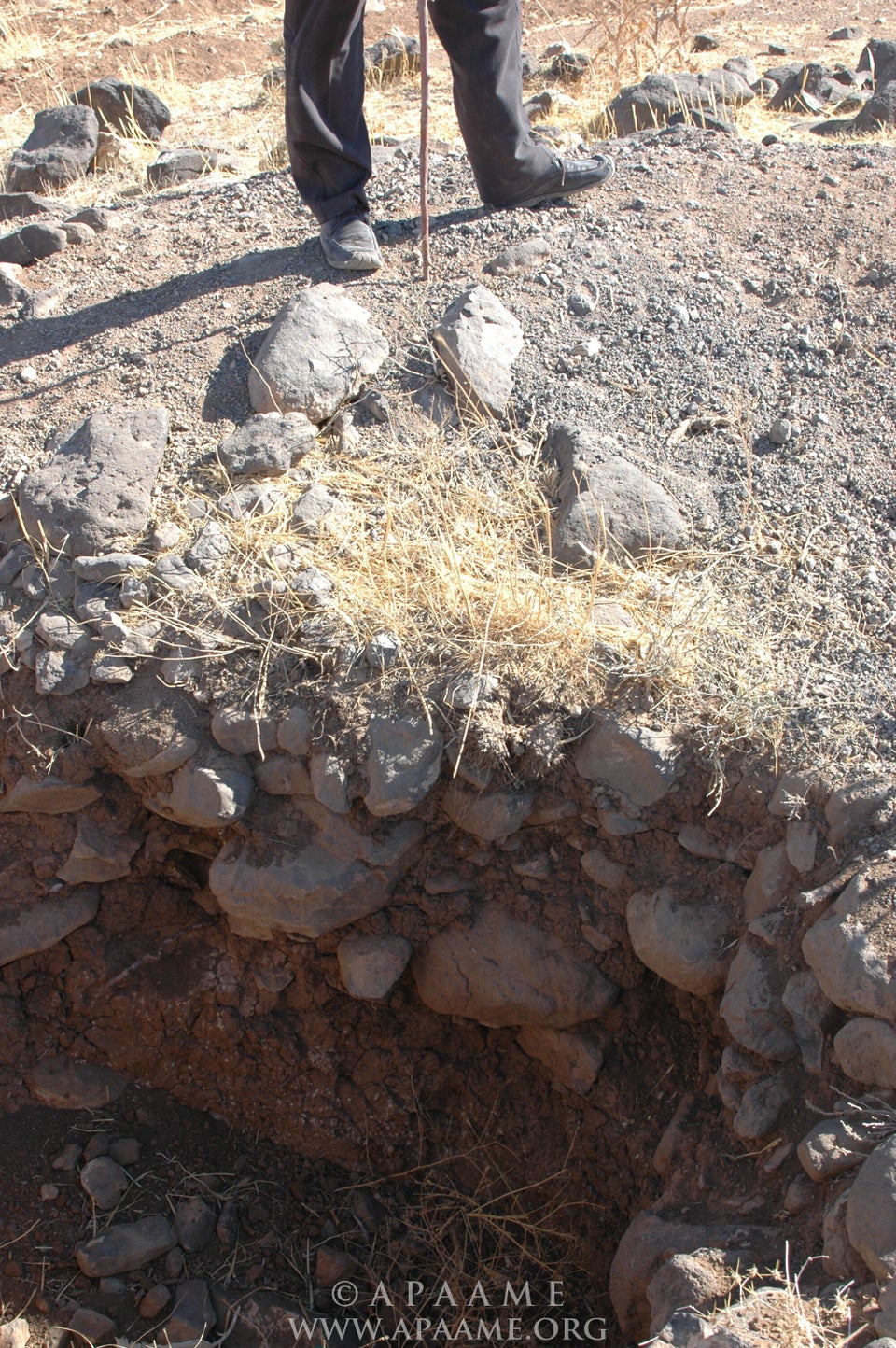For decades, archaeologists have had little luck in their effort to make sense of ancient stone rings that dot the landscape in Jordan and Syria. But there's new hope that that may soon change, thanks in part to a new collection of satellite and aerial photographs taken of 11 of the mysterious "Big Circles."
The images are part of the Aerial Photographic Archive for Archaeology in the Middle East, which is curated by University of Western Australia archaeologist Dr. David Kennedy.
(Scroll down for images.)
The Big Circles are essentially circular enclosures made of stones piled a few feet high, and typically measure about 400 meters (1,312 feet) in diameter, according to LiveScience. Evidence suggests that they date back at least 2,000 years and perhaps to prehistoric times.
"Dating is problematic in every case, though they seem certainly to be pre-Roman," Kennedy wrote in a 2013 paper in the German journal Zeitschrift für Orient Archäologie. "Most are crude circles, but many are clearly intended to be geometrically precise, although often slightly distorted."
But why were the Big Circles built, and what purpose did they serve?
Archaeologists say it's unlikely the rings were used as livestock corrals or burial sites. One possibility, according to a 2010 paper published in the journal Levant, is that the circles served as some sort of a lookout that afforded a clear view of surrounding settlements and fields.
Kennedy and his colleagues hope their aerial archive will encourage researchers to conduct on-the-ground fieldwork, which may provide new clues to help solve the mystery.
